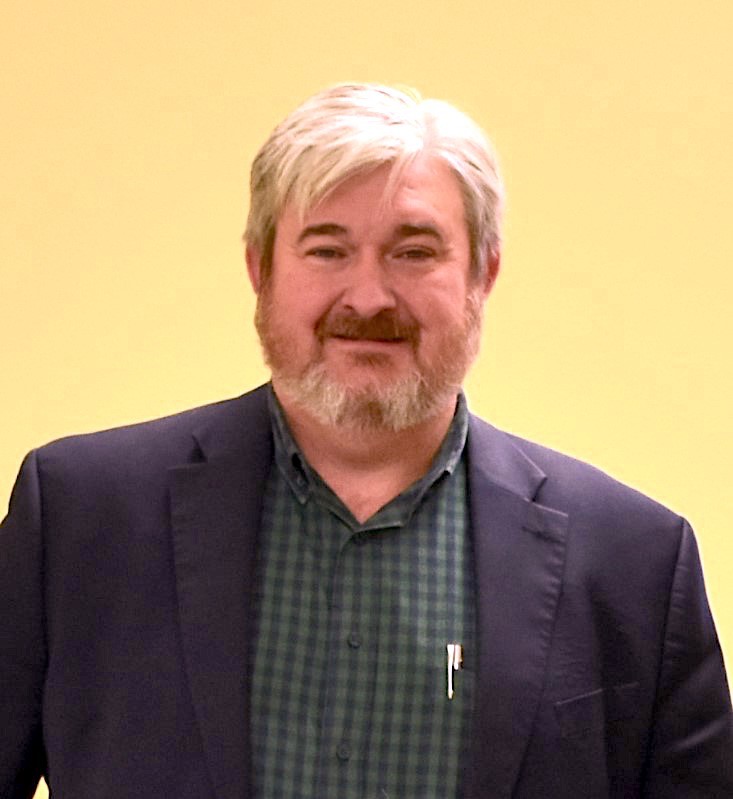What should we focus on, high input costs or dealing with climate change? Why not do both?
Burnin' and Browsin' for resiliency and profit
The soil really will save us (apologies to Kristin Ohlson...)
Sometimes it's best to let the pictures do the talking...
New study shows economic benefits of cover croops in Georgia
Another day, another study showing economic benefits of soil health
I have recorded many podcasts on this subject, which brings me to my latest example of how protecting our resource base —this time, I’m talking about maintaining and protecting the Ogallala Aquifer—goes hand in hand with protecting our bottom lines and preparing for the effects of climate change.In our most recent podcast episode, I interviewed Dr. Jean Steiner, Adjunct Professor at Kansas State University and Science Coordinator for the Sustainable Southwest Beef Project, about the research her group is conducting on the Aquifer and some of their recommendations for extending the life of this important resource. Underlying over 111 million acres and providing water to nearly 2 million people , the Ogallala Aquifer is one of the most critical water resources in our country. It provides over 98% of all the water needs for the Oklahoma Panhandle , it accounts for billions in agriculture production in Texas and it adds over $3.8 billion to the value of ag land in Kansas alone. Needless to say, the loss of this aquifer would have a HUGE economic impact, not just on farmers and ranchers, but on the entire region (and the entire nation for that matter).The challenge is that the wells are starting to run dry. A 2013 study by Kansas State University determined that if current rates of irrigation continued nearly 70% of the water in the Ogallala Aquifer under Kansas will be gone by 2060. In Texas, where aquifer levels in most locations are already lower, it is anticipated that these already shallower levels will decline by over 50%. So what’s to be done?According to Dr. Steiner, plenty.In our interview, she discussed several changes in Kansas water law, including the granting of authority for existing Groundwater Management Districts (GMDs) to recommend the approval of Local Enhanced Management Areas (LEMAs) to the chief engineer of the Kansas Department of Agriculture, Division of Water Resources. A LEMA is a geographic area where the owners of water rights voluntarily agree to have their water rights regulated to an agreed-upon, higher level of conservation, and less water use. According to a study by Kansas State University , this change in water regulation, combined with adoption of new irrigation technology, changes in cropping patterns and the adoption of soil health farming methods has shown promising results when it comes to both aquifer levels and producer income. Producers inside the LEMA reported 4.3 percent more cash flow than counterparts just outside the area. And while less irrigation has meant smaller yields, producers in the LEMA have reported that the money they saved on their energy bills by pumping less water alone was four times more than the amount of money they lost due to decreased production. When it comes to aquifer levels, the producers within these areas have reduced their overall irrigation by as much as 35% resulting in a decline rate of the Ogallala Aquifer in the area of the LEMA that went from two feet per year to less than a half foot per year. Dr. Steiner said this reduction in water use has actually resulted in an overall stabilization of the aquifer levels in the regions where the original LEMA was enacted and has even shown some levels of recharge and increase in limited locations. And while few states regulate ground water to the same extent as Kansas, the concept of promoting a more sustainable approach to irrigation is applicable to the whole region and could do wonders toward extending the useable life of the aquifer.Extending the use of a critical resource, maintaining the agriculture production of a major portion of the Great Plains, and doing all while reducing input costs….If you’re interested in what’s going on with the work the original LEMA is doing, you can contact Northwest Kansas Groundwater Management District 4 in Colby, Ks. (785) 462-3915, your local Kansas State University Extension office or if you just want information about improved irrigation, crop rotations and soil health, you can contact USDA NRCS at your local USDA Service Center. I’ve said it before, and I’ll say it again: Protecting our natural resources, adapting to climate change and reducing greenhouse gasses are not at odds with making money.In fact, it’s just the opposite.





